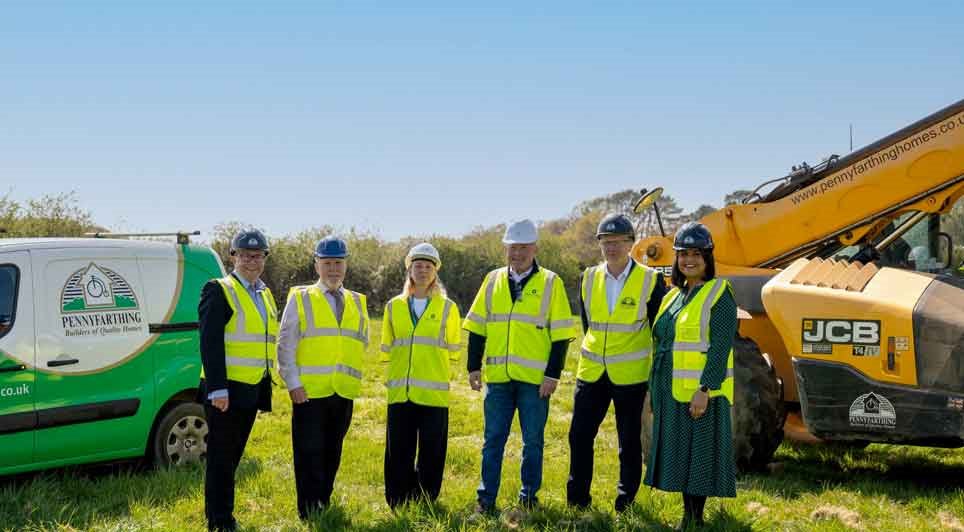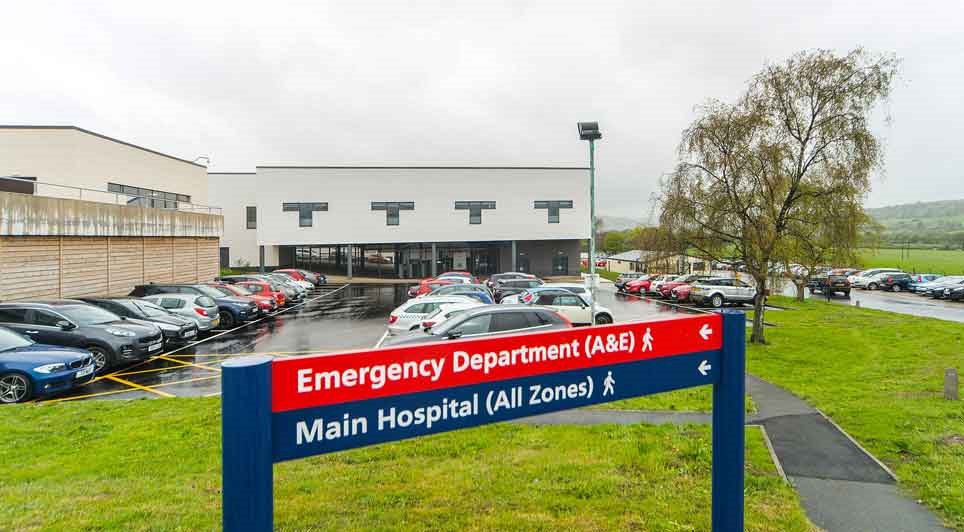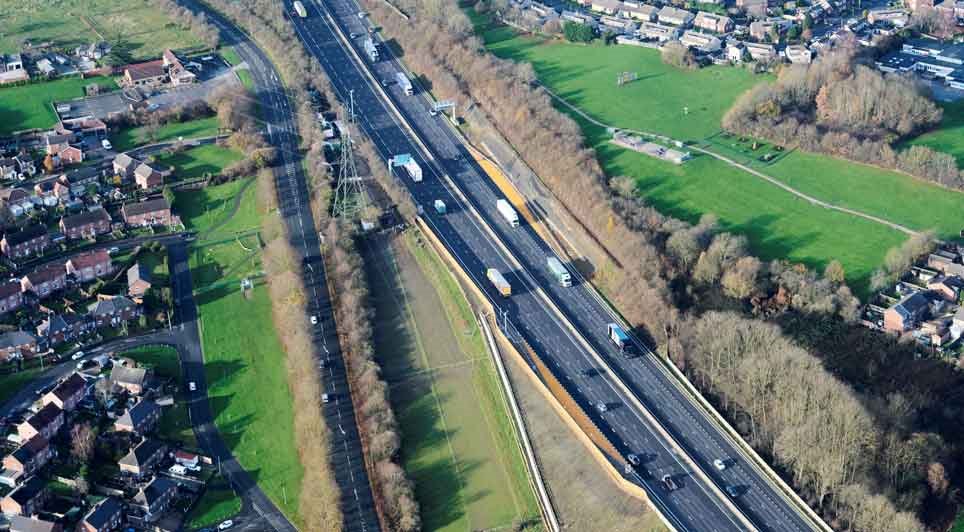Why all the paper?
As a practising health and safety professional and CDM co-ordinator it continues to confound Callsafe Services Limited as to organisations’ and construction projects’ preoccupation with paperwork and the desire to preclude any liabilities.
Callsafe Services Limited has been providing advice, assistance and training to our clients, and our clients’ projects, for nearly 25 years. Our clients have included many central and local government organisations, as well as private industry clients, designers and contractors.
The following article expresses the concerns of Callsafe Services Limited with the application of the Construction (Design and Management) Regulations 2007 (CDM), its Approved Code of Practice, L144, Managing health and safety in construction, and what could be considered to be best practice, with, where possible, suggested improvements to the way construction project health and safety is managed. We concur with the findings of Professor Ragnar Löfstedt, and presented in his report, that the CDM regulations are generally useful and proportionate, but that the application of the regulations on projects are not universally either useful or proportionate. The author’s words, rather than Professor Löfstedt’s.
Our first concern is the method of competence assessment still applied within the industry, based on the requirements L144, Appendix 4. If the elements of Appendix 4 are all questioned and answered as part of a particular project’s procurement, the effort and paper required to achieve this is extraordinary. It is accepted that competence is an essential element of effective health and safety management, but why are many organisations still preferring to utilise their specifically developed assessment systems rather than using industry accreditations, as exemplified by ‘Safety Schemes in Procurement’ (SSIP)?. SSIP only addresses stage 1 of the Appendix 4 competence assessment, but this is the most difficult part of the assessment with regards to effort, cost and paper. If SSIP accreditation is accepted by the majority of procuring organisations we will all be able to concentrate on the specific project issues, such as the competence of proposed personnel to the project and the resources allocated.
The continuing reliance on documents is demonstrated clearly by the methods used to disseminate the pre-construction information (PCI). Most projects still produce the PCI as a document to accompany the contractors’ tender documents. It is the author’s belief that this does not comply with the PCI requirements of CDM. This is because the PCI is not only required to inform the contractors, it is also required to inform the designers and design.
This lack of focus on what is necessary was demonstrated on a ‘design & build’ project for which Callsafe Services Limited was appointed as CDM co-ordinator. The principal contractor had been involved in the project planning and design from commencement of detailed design, but still requested a PCI document prior to him producing the construction phase plan (CPP). The principal contractor, after some discussion, agreed that he did not need a PCI document, as he already had in his possession all of the information. If tenders are being prepared, a PCI document still makes sense, but if the project delivery team are all in place at an early stage in the project, e.g. with early contractor involvement (ECI), a document/information register, with distributions, would make more sense and would actually be useful.
It is also unfortunate that many of these PCI documents contain much ‘generic’ information, and not enough project/site-specific information. Many of these documents contain many pages, sometimes plus 100 pages, which makes it very difficult to extract the important information from that which is already known by competent designers and contractors.
The Approved Code of Practice, L144, is not clear as to the uses of the PCI, as it states in paragraphs 55 and 56 that the PCI must be provided to designers and contractors who may be bidding for the work (or who they intend to engage). If an amendment to the Approved Code of Practice is to be made, this could usefully be clarified to include ‘all designers and contractors tendering for the work or working on the project’.
Designers are producing many and varied ‘design risk assessments’, ‘design risk registers’, ‘design hazard inventories’, and many other varieties of paper evidence of their compliance with the designers’ duties under CDM. The question has to be asked as to why they are doing this? The regulations do not require these documents to be produced, only that the designers should supply information to any person affected about the design, the significant residual risks, the designers’ assumptions and any difficulties associated with materials specified, subsequent to attempting, so far as reasonably practicable, to eliminate and reduce risks by their design decisions. Most of this documentation is produced to be able to demonstrate to anyone criticising the design or attempting to prosecute or sue the designer that they have considered the risks. This is understandable, and the documents can be useful when performing design co-ordination and design review, although it is suggested that they could be simplified and made more useful. The other questions relating to the designers’ duties are why so many aspects of the design are incorporated just because they had been used before; and the extent to which designers have to inform competent contractors of significant risks remaining? Do we really need to inform the competent contractor that falling 5 metres is likely to cause harm?
It is incumbent on ALL designers to co-operate with, and co-ordinate their designs with, other designers. This not only applies between the permanent works designers, but includes temporary works designers. Client procurement arrangements must allow this design co-operation and co-ordination to take place, e.g. where there is a design interface the designers of that interface need to be working on the project at the same time, or at least with an overlap.
David Carr, PgD, FIIRSM, DipSM, RFaPS, Registered Consultant
Callsafe Services Limited, Yardley House, 11 Horsefair, Rugeley, Staffordshire. WS15 2EJ
enquiries@callsafe-services.co.uk
www.callsafe-servcies.co.uk
Construction News
31/07/2012
CDM, Paperwork & Competence

16/04/2025
Pennyfarthing Homes has officially broken ground at Danes Park in New Milton, launching construction on a significant new residential development that will deliver 164 homes.
To mark the milestone, directors from Pennyfarthing Homes welcomed Councillor Steve Davies, Portfolio Holder for Housing and
16/04/2025
GMI Construction Group is celebrating the official opening of Dakota Newcastle, the North East's first Dakota Hotel, situated on Newcastle's Quayside.
The 118-room luxury boutique hotel, located at St Anne's Wharf, has welcomed its first guests and is poised to become a major addition to the region

16/04/2025
Gleeds has been named project manager for the billion-pound redevelopment of Airedale General Hospital in Keighley, West Yorkshire on behalf of Airedale NHS Foundation Trust.
The award-winning trust employs over 3,000 people and provides acute, elective, specialist and community care for a populat

16/04/2025
Morgan Sindall Construction has marked the official opening of a new Special Educational Needs and Disabilities (SEND) teaching block and a specialist hydrotherapy pool at Philip Southcote School in Addlestone, in a celebration attended by students, families and local officials.
The event brought t

16/04/2025
Bedford Borough Council has successfully completed a footpath refurbishment programme across several of its parks and open spaces.
The initiative, funded by the UK Shared Prosperity Fund (UKSPF), targeted key parks across the borough following a detailed review that identified areas in need of repa

16/04/2025
Wates Fit Out has announced the appointment of Phoebe Wood as Senior Business Development Manager, where she will lead the team's business development efforts and support the growth of new opportunities across the commercial fit-out sector.
With close to three years of experience in the built envir

16/04/2025
United Living has announced the appointment of Claire Kershaw as Chief Executive Officer of United Living Property Services.
With over two decades of experience in the social housing sector, Claire brings a wealth of knowledge in property maintenance, refurbishment, and regeneration. Her career inc

16/04/2025
Sempra Homes, the housing subsidiary of Basildon Council, is preparing to launch its latest 100% affordable housing development at Bowers Close on London Road in Pitsea, Essex.
The new development will deliver 31 high-quality homes aimed at increasing access to affordable housing for local residen

15/04/2025
Costain, working as part of the SMP Alliance, has completed the construction of 41 new emergency areas on the M1 motorway between junctions 28 and 35A, delivering the project ahead of schedule.
The newly installed emergency areas span a 32-mile stretch of motorway running from Derbyshire to South Y

15/04/2025
Great Places Housing Group has formally submitted plans for the first development to come forward under the newly approved masterplan for the regeneration of the Grey Mare Lane neighbourhood in east Manchester.
The proposal outlines a new affordable housing scheme comprising 82 apartments for socia
 UK
UK Ireland
Ireland Scotland
Scotland London
London











